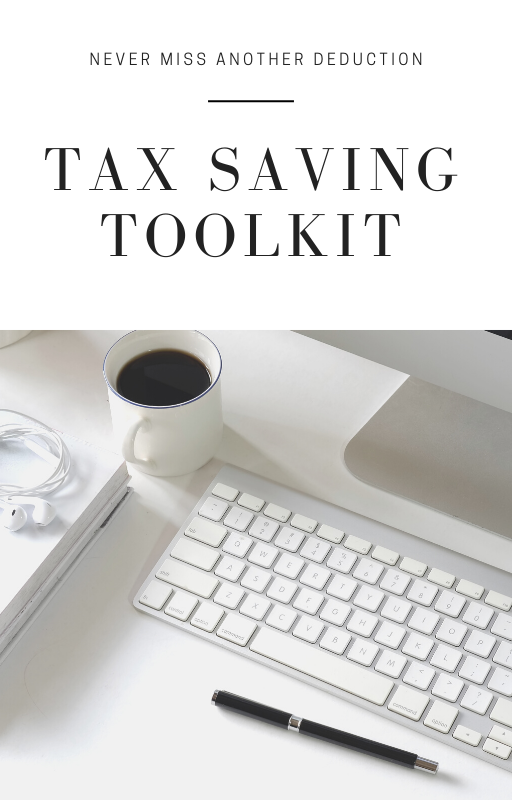Halving PAYG and GST instalments for small businesses.
The 2023-2024 federal budget promises to boost small business cash flow.
As part of the measure, Pay As You Go (PAYG) and goods and services tax (GST) instalments will be reduced, giving small businesses more freedom to use their cash when and how they wish.
Small businesses should know what the scheme entails.
What are PAYG and GST instalments?
Periodic instalments allow businesses to pay their expected tax liabilities as they go, in the same time frame that profits are earned.
As a result, profitable small businesses do not have to pay a large lump sum when they file their annual income tax returns.
Based on the business’ most recently lodged tax return, the ATO estimates how much the business is likely to earn over the next financial year and determines the size of these instalments.
PAYG instalments are generally paid quarterly to small businesses.
GST on sales is also required to be included in small businesses’ quarterly business activity statements (BAS).
GST amounts are calculated and paid quarterly by small businesses with a turnover of less than $10 million; however, many choose to lodge yearly – more on that later.
Furthermore, small businesses can adjust their PAYG instalment rates manually if income surges or if they lose money.
What is the adjustment rate?
Adjustment rates are extra adjustments to the instalment formula that ensure the instalments keep up with the business’ likely income.
It’s possible that prior PAYG instalment rates based on an employer’s prior tax situation may not be sufficient to meet their actual income tax obligations if economic conditions improve for small businesses.
Small businesses could still face a large lump sum income tax payment at the end of the year without adjusting PAYG instalments.
A rough indication of how well Australia’s businesses are doing is provided by the adjustment rate, which is based on changes in the gross domestic product (GDP) over the past two calendar years.
As a result of public health restrictions and COVID-19 lockdowns, the adjustment rate for the income year 2022–23 is 2%.
As a result, the ATO will automatically increase the size of base PAYG instalments by at least 2%.
What are the new budget measures?
After the post-lockdown economy improved rapidly, the adjustment rate would have skyrocketed to 12%.
For small businesses that rely on the ATO’s PAYG and GST instalment rates, this would have been a major shock.
For the upcoming income year (2023-2024), the federal budget lowers the 12% rate to 6% (2023-2024).
Businesses with aggregated annual turnover under $10 million are subject to the refreshed adjustment rate for GST instalments.
Businesses with annual aggregate turnover under $50 million are eligible for PAYG instalments.
In the budget papers, the change is presented as a win for small businesses since it will free up their cash flow while they deal with new post-lockdown challenges like higher inflation, higher interest rates, and lower consumer spending.
Who benefits?
Even without the new 6% adjustment rate, accountants and tax agents would proactively adjust PAYG instalments based on their clients’ performance.
At Accountants 2 Business, we adjust the instalments for all BAS clients, and clients don’t need to worry about year-end tax surprises.
SME self-lodging BAS might see 6% as an appropriate increase compared to the vanquished 12% rate. But many can expect a hefty tax bill at year-end.
If you have questions about the instalment system, please send them to [email protected] or schedule a meeting to discuss.




